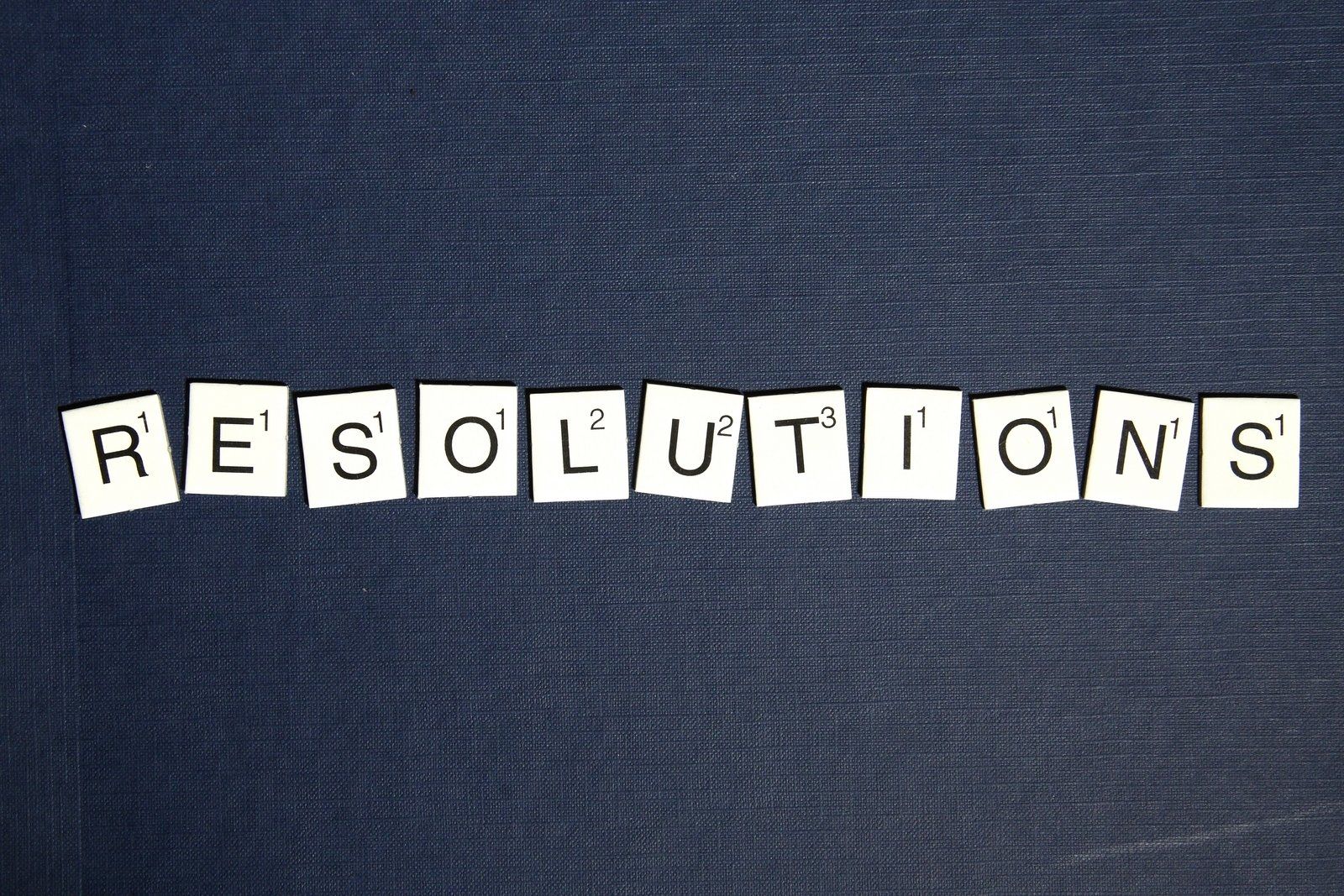Blogs
Mindful Solutions

Transitions have a tendency to creep up on us, even when we are fully aware change is coming. And change is difficult for everyone, especially children and their families. Whether it is the transition back to school after summer break, out of school for winter or summer break, adjusting to a new routine, visiting a different dentist, getting a new pet, or changing bedtime, transitioning to something new or different is challenging. Transitions are full of complexities both logistically and emotionally! Kids might feel both excited and nervous. At the start of school, they may be eagerly anticipating their reunion with friends while mildly dreading the reintroduction of homework into their lives. When visiting a new dentist, they may be excited about the cool new lobby but nervous about the sounds of the dental hygienist drilling in their mouth. After introducing a new bedtime, parents may be both disappointed to have not quite as much flexibility in the evenings and excited about their child’s growth and strides toward independence. And on top of all of these emotions, adjusting schedules and logistics during transitions can be quite chaotic! So how do we manage all of this? First and foremost, it is important to honor any and all feelings related to transitions. This applies to both your kids and you, parents! Validate, validate, validate! All of the feelings that come up should be welcome to be there. Furthermore, we can attempt to minimize some of the chaos and anxiety by preparing for transitions with some simple steps aimed at priming us for success. 1. Keep a family calendar This may seem like the most basic suggestion, but having a collaborative calendar where everyone’s schedules, events, and methods of transportation are listed out can be extremely helpful. Encourage your kids to fill in their events and activities. If your kids aren’t overly fond of calendars, make their participation more fun by allowing them to color code, draw, or add stickers. Having a visual map and reminder of everything upcoming helps to reduce anxiety and increase autonomy! 2. Do a trial run Practice enables us to feel more comfortable. So doing a trial run of a new routine, like getting to school on time or walking through classes can allow your child to feel more confident with the things they need to do. Exposure also reduces fear and anxiety! 3. Gradually adjust your sleep Many parents introduce a new bedtime by abruptly adjusting what time their child goes to sleep. Typically though, that adjustment isn’t something that can happen overnight. Make this adjustment easier by incrementally shifting your sleep and awake times toward the desired schedule. Small shifts lead to success. 4. Provide cues Visual and verbal cues are huge in helping both adults and children adjust to change. If you’re getting a new puppy and have to adjust to having a new pet and a walking schedule, leave a kennel out for a week beforehand as a visual reminder, or set an alarm each day a week prior for the times you’ll plan on taking the dog for a walk. Cues help us with gradual adjustment as opposed to suddenly engaging in new behaviors. 5. Make changes slowly You’ll notice a theme among the four tips above - slow and steady wins the race! When we suddenly introduce a new routine, the transition can feel vastly more difficult. We learn, grow, and heal in small pieces at a time. Making changes at a slower pace helps us take in information in a way that feels more grounding rather than overwhelming. 6. Rely on consistency Something as simple as a family dinner during a time of change can feel extremely comforting for everyone involved. When one thing changes, it is helpful to sit in the safety of something else staying the same! If that consistent and safe experience for your family is a dinner together, make it happen! If it is weekly game night, make sure to prioritize that game night in the midst of change. 7. Normalize stress or nervousness Even when we do our best to prepare, transitions are stressful. They can feel scary, especially to kids. Normalize those feelings! Feelings are never wrong or bad. It is totally understandable to feel worried or anxious about transitions. Name this to your child when they express those feelings. And don’t forget to remind yourself that these feelings are okay if you notice you’re experiencing them as well! 8. Notice your own reactions so you can manage feelings related to change As adults, we are also entitled to have feelings and reactions to change and transitions. And it is ok for the kids in our lives to know that we feel that way! So long as we do not make our child feel responsible for holding our feelings or helping us through them. It is healthy to demonstrate experiencing and moving through emotions, processing them, and managing our behaviors as a result. Managing your own responses is crucial in cultivating safety for your child. 9. Take time to debrief Discussing how something went or is going can be a means to readjust if necessary. It is also the perfect opportunity to listen to the feelings of those involved. Make space for an intentional conversation about progress, feelings, and feedback. 10. Allow room for independence and self-advocacy Challenging experiences are perfect learning opportunities. It is your job as a parent to find the balance between being supportive and allowing your child to have moments of independence and autonomy. Challenging experiences also present the perfect space for your child to practice self-advocacy. Prompt your child to ask for help when they need it! No transition is seamless, but these tips can help ease some of the difficulty and soothe some of the anxiety. Now that we’ve gone through ten different strategies to help you and your family through changes or transitions, I hope your largest takeaway is this: take it slow, and just do your best to set you and your family up for success.

Conflict is a part of every relationship. How we deal with conflict can have a large influence over the viability of our relationships. Picture this. Your partner is upset with you because of the way that you handled a difficult conversation with your in-laws. When your partner raises their concerns, you immediately begin to feel defensive. Before your partner can even finish speaking, you interrupt with “Well you didn’t…” “you never…” and “you could have.” Your partner then fires back with “you won’t…” “why don’t you…” and “you should have.” What do all of these phrases have in common? The simple word “you.” This might seem like a typical part of an argument, and it is! And, this small word has the same intent and impact: blame. When we use “you” language, we are finger pointing. We are removing ourselves and our role from the dynamic, placing the responsibility for the issue on the other person, and creating distance between ourselves and our partner so as to avoid taking responsibility for our own behavior. Ultimately, all this does is deepen the rift the conflict caused in the first place. When we’re in conflict, we have a tendency to push each other away in an attempt to avoid vulnerability and protect old, tender wounds. We try to keep “our stuff” out of conflict, and the best way to do this is to distance ourselves from the other person. The easiest way to do that is to direct the attention elsewhere. In reality, the way to move through conflict in a healing and healthy way is to open ourselves up to our partner and show them we trust that they can hold our stuff. This softens the moment and paves the way for empathy. So if “you” language creates distance, and our goal is to work toward closeness and connection, how do we go about that? It is really quite simple. We use “I” language. Just as distance and closeness are opposites, “you” language and “I” language have quite opposite effects. Put yourself back in that hypothetical argument from before. You are listening to your partner talk about how they felt about your conversation with their parents. As you listen, you focus on your role in the interaction with your in-laws, and your role in this dynamic with your partner. Once your partner shares their thoughts, you start by saying things like, “When I hear you say…I notice…” “I feel…” and “I recognize.” Your partner then responds with statements beginning with “The story I tell myself is…” “I need…” and “I am.” Recognize the difference in the way you feel even from reading these phrases as compared to the phrases based in “you” language. This shift to “I” is a subtle shift in word choice, but creates a not so subtle shift in the impact on your partner. We are directly sharing our own feelings and experiences without blaming the other person, and we are indirectly sending the message that we are recognizing our own part in contributing to whatever the problem was and are open to taking ownership over our behaviors and our stuff. This softening enables our partner to try to understand our perspective and appreciate the vulnerability in accepting responsibility. So the next time that you are in conflict with your partner, challenge yourself to pause, reflect on your own part in whatever the conflict was, and place yourself in the “I” position. Take accountability for your role, name your own feelings, and share your experience. Not only will this change the way the conflict exists between you and your partner, but it will also encourage your partner to step into vulnerability with you.

One holiday has already come and gone this year, and the 2022 holiday season is in full swing. Somehow we are already nearing the end of the year! The holiday season means so many different things to different people. For many, the holidays bring joy, laughter, and togetherness. For some, the season means sadness, grief, and nostalgia. For others, this part of the year is a difficult reminder of a painful past or happier times. But for families with children, the holidays provide one commonality: you may experience more bumps in the road! This time of year presents a unique intersection of several different factors that can contribute to an increase in family discord. Let’s walk through those factors and examine how their cumulative nature can lead to more arguing, conflict, and frustration. Winter break is approaching, which means kids will be home from school. Many parents are spending more time with their kids. More time together means parents notice more! More positives like sharing with siblings and responsibility for household chores, and more negatives like rule breaking and noncompliance. On top of having more time with each other, routines have changed for both parents and kids. Since they aren’t in school, you may notice your child sleeping in, eating meals at different times, periodically experiencing boredom, and finding both appropriate and inappropriate ways to fill their time. On top of the change in location and routine for kids and families, research shows that the sudden drop in academic stress and responsibilities is correlated to a shift in hormones like cortisol. And if you are a parent who was able to take time off of work, you’re no longer commuting to work or holing up in your home office, your plans for meals might change, and your schedule may shift if you are spending time with friends or family. Your plans might even include travel, which is made up of transitions and changes that can be challenging for both kids and adults! Long story short, the holidays can be both joyful and tough. So how can families with children navigate all the wonderful complexities of the holiday season? 1. Proactive Communication Prepping kids and adolescents about plans, travel, parties, changes, and shifts in routine can greatly reduce anxiety. It helps to give them the opportunity to visualize a new space they might be in, think about the activities and events they have to partake in, and have some sense of control and understanding regarding what is to come. 2. Make Plans One issue that parents often notice with their children is that their child seems bored, which creates the perfect opportunity for endless social media scrolling, anxious thoughts, or engaging in behaviors or activities that are against house rules. A great way to avoid this is by sitting down with your family and making plans! Get out a calendar and schedule time together if you all have the availability. Make a to-do list of small, fun activities that your kids can do around the house. If you have younger children, encourage them to spend time making hand made gifts for friends and family. The best way to circumvent boredom is to make plans! 3. Be Active Physical activity has so many hidden benefits. Moving your body and getting active can boost your mood, aid your focus, attention, and motivation, cultivate a healthy appetite, and reduce stress and frustration. And those are just the mental health related benefits! Find moments to be active with your kids, or encourage your kids to be active on their own. Even though it is colder outside in most of the country, the school break allows kids to spend time playing the sport they love, riding their bike, or jamming out to their favorite tunes. And if you are a parent who could use a break, find some time for yourself to go for a run, hit the yoga mat, or head to the gym. Physical movement can help us all feel better. 4. Shift Your Expectations Sometimes the thing that gets in the way of a successful holiday break is ourselves. Whether the messaging comes from our culture, society, family, or ourselves, we often set extremely high expectations for what the holidays should be like. Hallmark movies don’t help! So if your child has always had challenges with transitions or does not like large family gatherings, remember that the magic of the holidays is not likely to change this and remember that this is not a reflection of your parenting. This is just part of who your child is. Shifting your expectations can help the holidays feel much more successful. 5. Validation and Compassion Everyone needs to feel that their emotions are valid. Whether your child is upset about a change in holiday party plans or you are frustrated with a parent overstepping boundaries, those emotions are allowed to be there. It is what we do with those emotions that is important. And what those emotions need is compassion. Try to recognize any self-criticism and shift your internal monologue to say or ask things like “The feelings I am having right now are valid,” “It is understandable that I feel this way,” or “How can I express compassion to myself right now?” These are great ways to shift from criticism to compassion, and you can say these same things to your kids when they have feelings that need validation and compassion as well. Take these tips with you as you move through the remainder of the holiday season this year. Embrace the complexity. Happy holidays to you and your family, and sending you all the love and compassion for a healthy start to the new year.

While many of us are panicking about social isolation, especially for our children, the introverted child is likely rejoicing. For once, a burden and pressure they often live with on a daily basis, has been lifted. Having introverted clients, as well as an introverted teenager of my own, I have noticed a lightness about them. I finally asked one of my clients directly, “Do you feel relief without the pressure of “needing” to be social?” I received a quick and firm response of “YES!” For many of us that are more extroverted, we do not feel or understand the layer of anxiety and pressure on a constant daily basis that our introverted loved ones feel. There is a pressure coming from all directions that exacerbates the emotional response introverts have. The strongest pressure of all is parental pressure that our children feel. It’s real. It’s stressful. It’s anxiety producing. How many of us Moms have tried to encourage our introverts to be social “What’s the big deal, it’s just a meal?” “Just meet them for a little bit.” “Are you sure you don’t want to go?” No! They don’t…and we often do not understand that. Unfortunately this results in our introverts feeling shame, embarrassment and often “That no one understands me.” Now that we as a community are “socially isolating” let’s let them have their time to relax. Let’s put ourselves in their shoes. Let’s give them permission to BE RELIEVED and allow those daily pressures and burdens to be lifted. -Joanna Hakimi, LMFT


